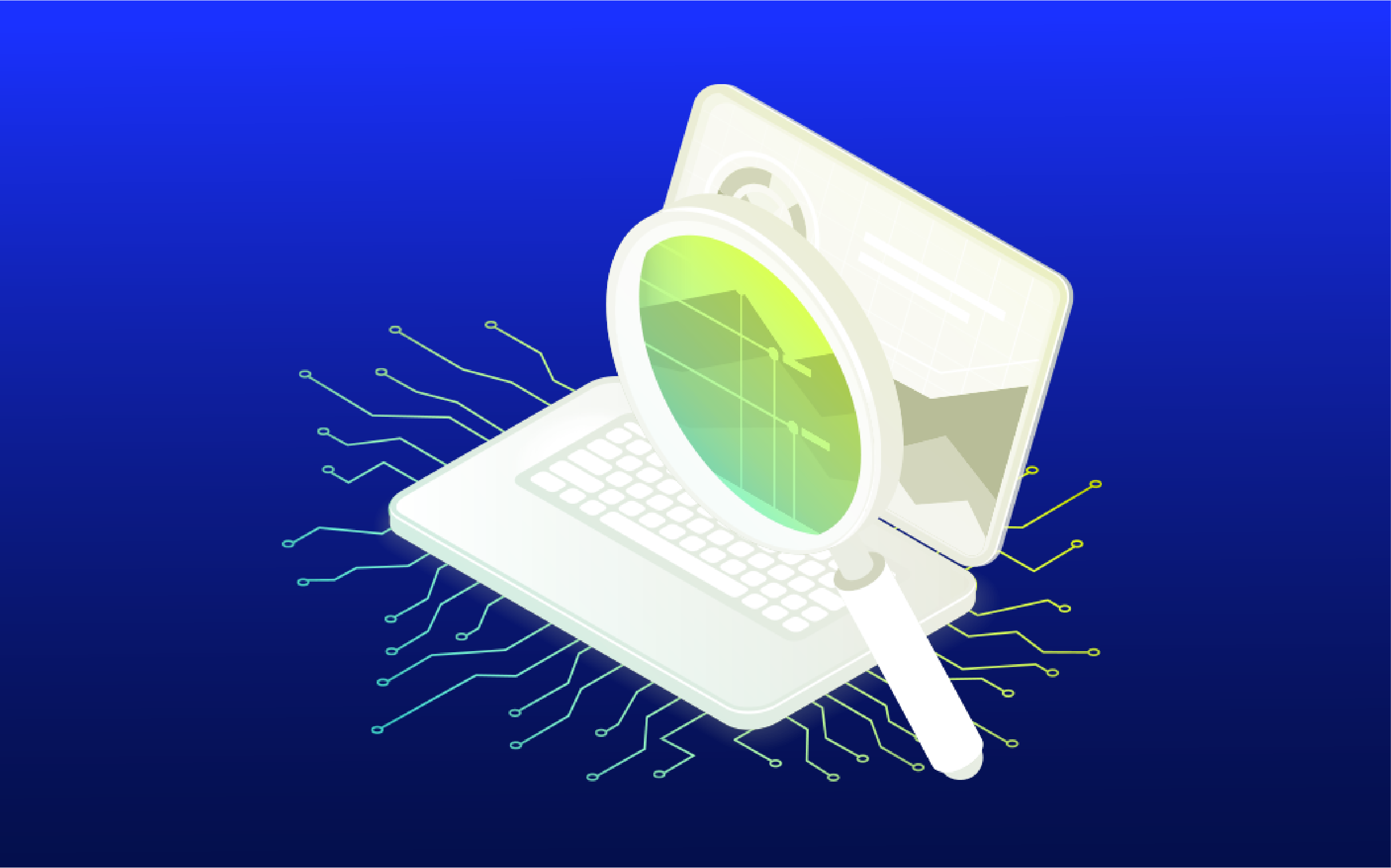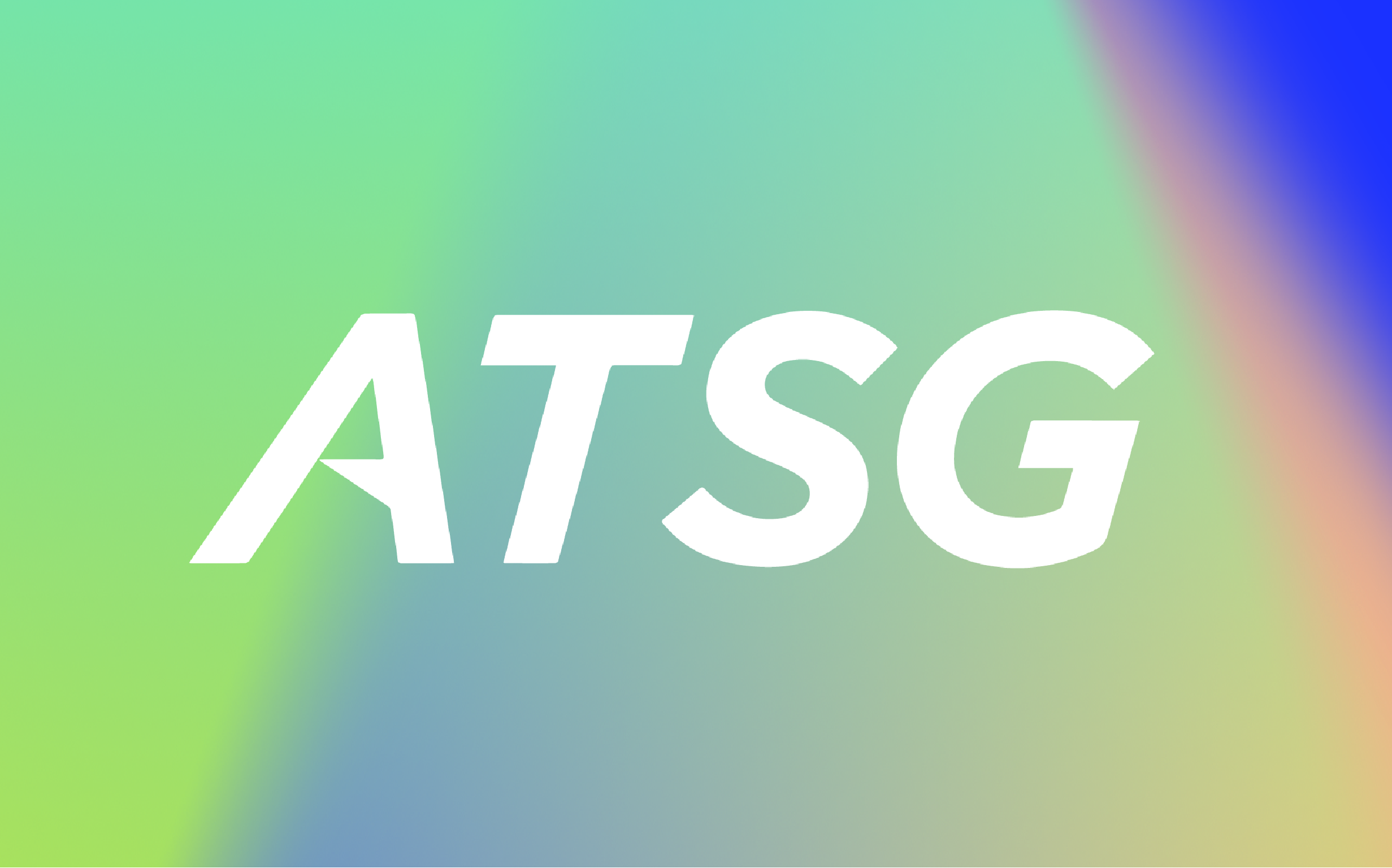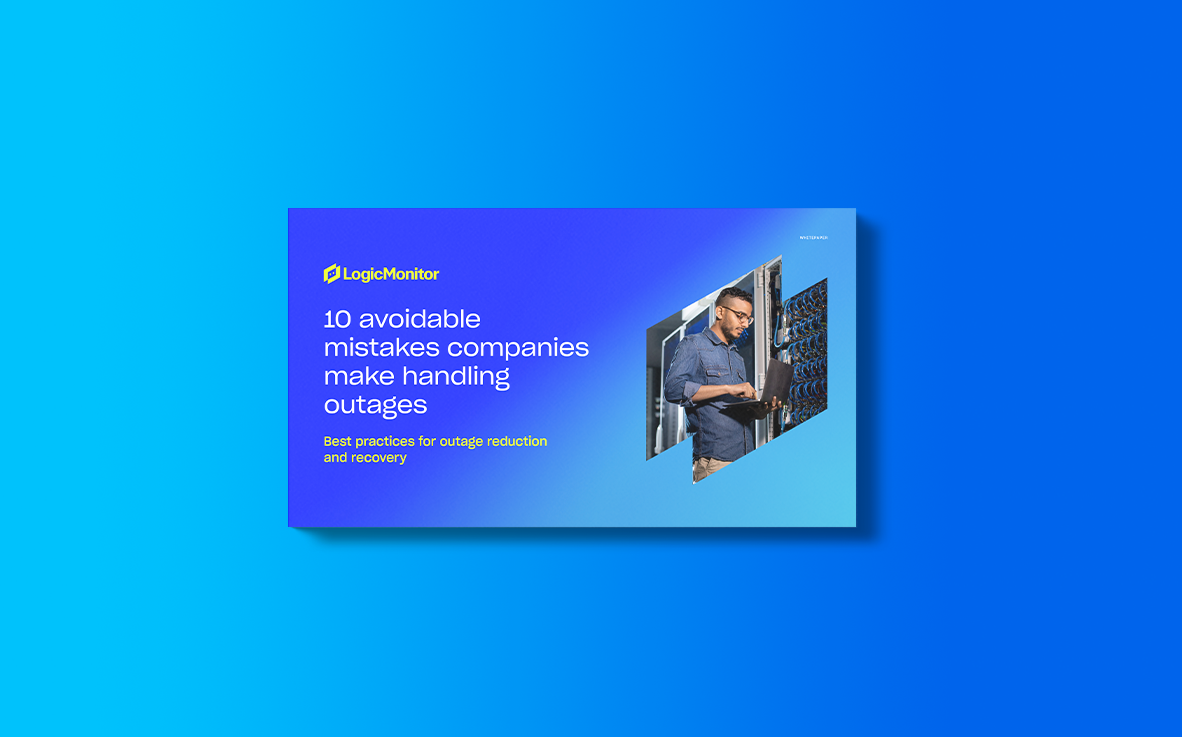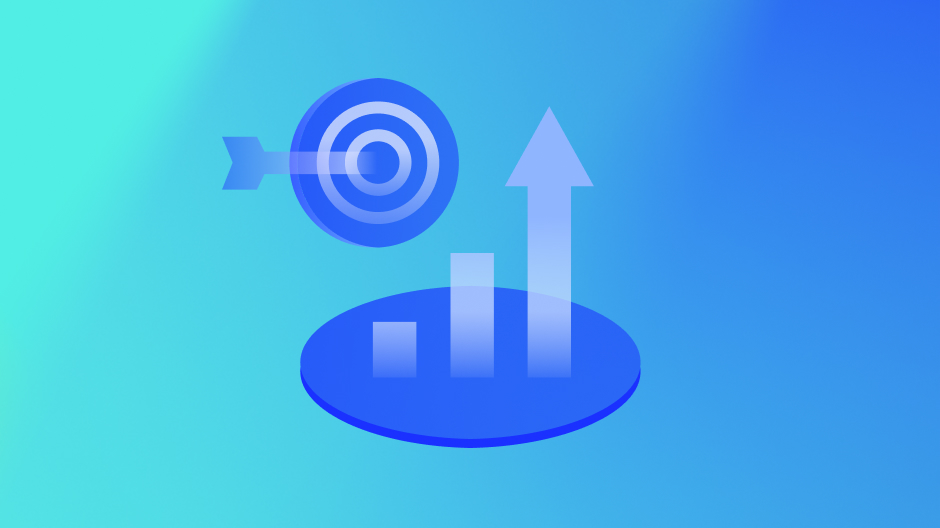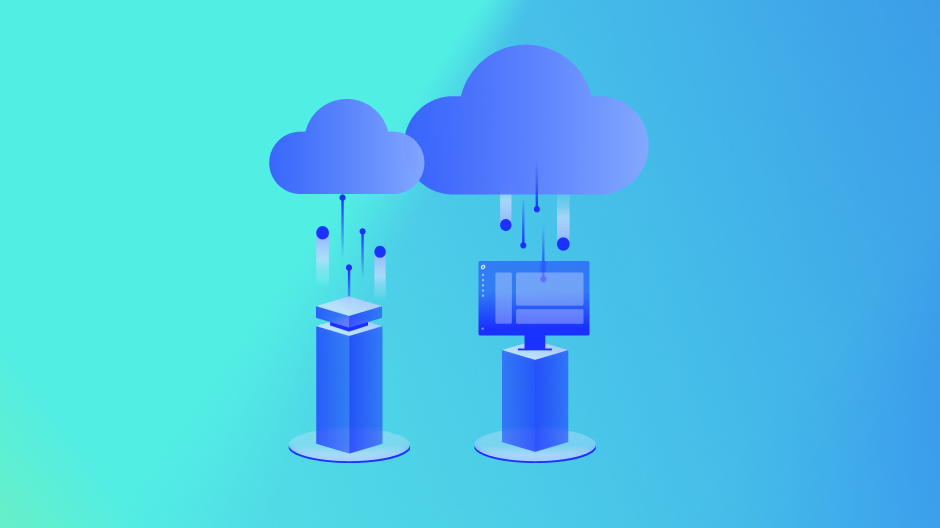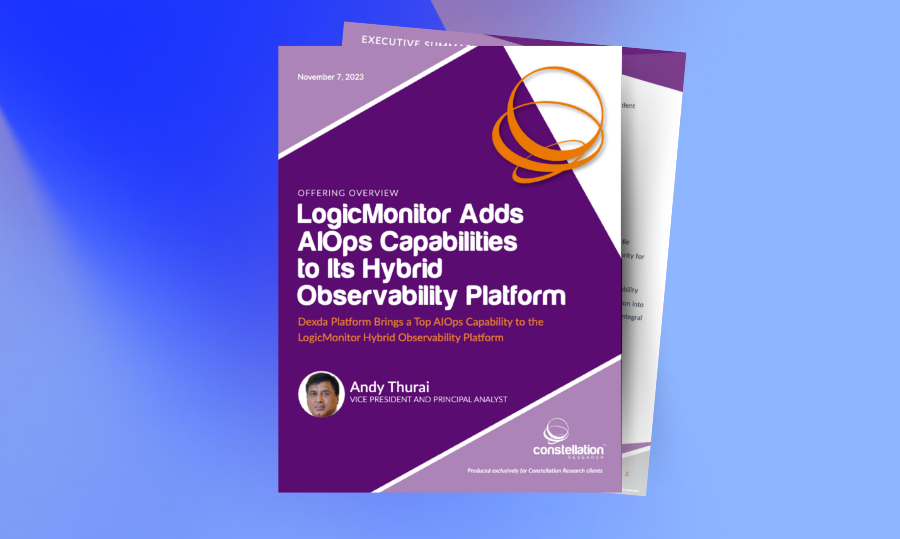Tool consolidation
Hybrid environments require hybrid solutions. Many organizations are hosting services both in the cloud and within their own data centers, each with different technical teams and disparate monitoring and analytics tools. Consolidating these tools into a single platform allows for true collaboration across groups and creates a single source of truth for maintaining and optimizing the health of your business.
What is tool consolidation?
Tool consolidation is the process of strategically combining relevant data, often from disparate sources, into one centralized repository. In information technology, this usually means consolidating the data from multiple cloud providers, on-premises technologies, log files, and applications into an observability platform. This consolidation reduces redundant systems and provides a single source of truth for an organization’s technology stack.
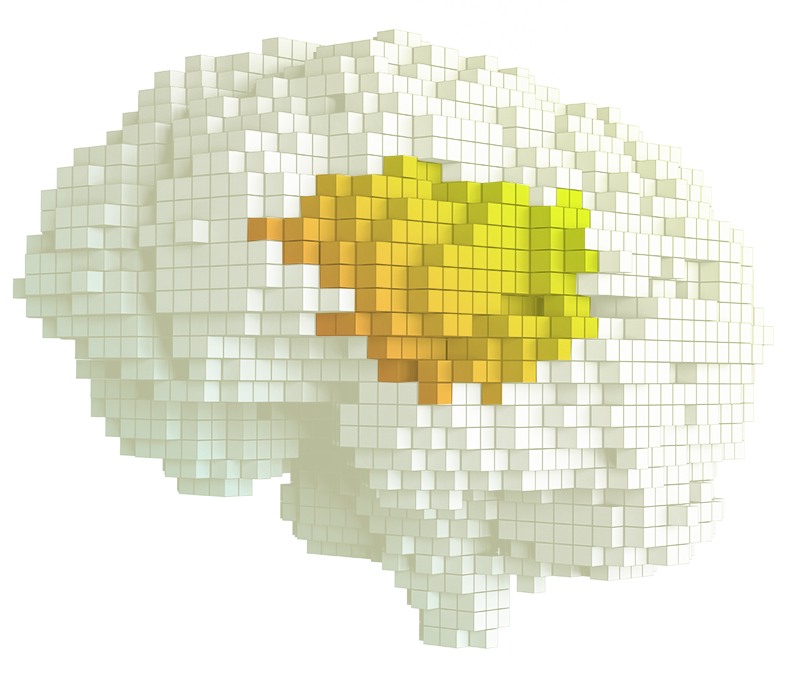
Breaking down silos
Consolidating tools is not just a change in your technology stack; it’s a change in your working culture. Utilizing a single source of truth for monitoring requires that you break down silos and work collaboratively across different technical teams. While this is the desired end state, sometimes it is easier said than done.
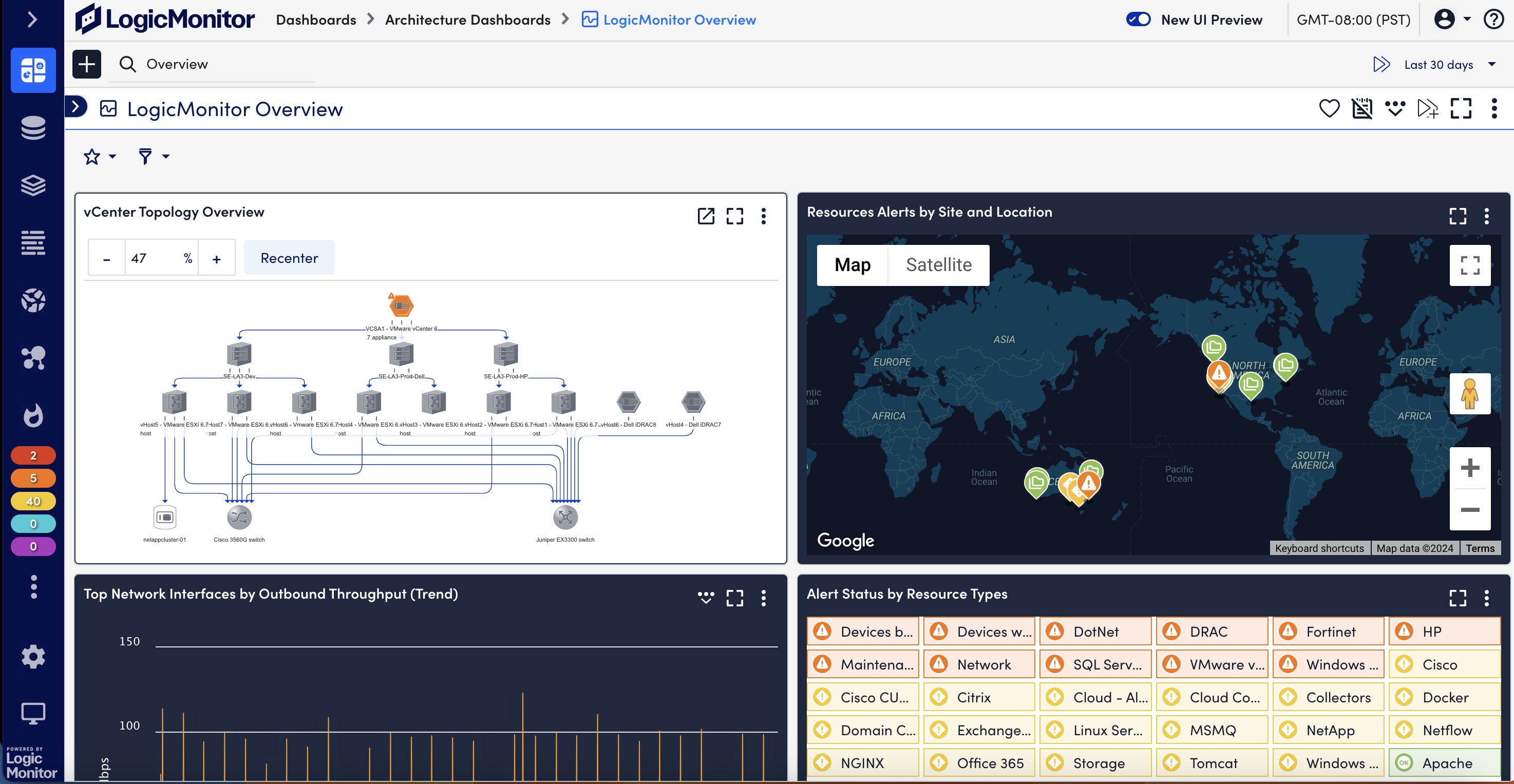
It’s not you, it’s them
Break up with your old tools
Challenge: Teams are often reluctant to let go of the IT operation tools they are comfortable using, even if those tools are outdated and inefficient.
Solution: Don’t be left behind like Windows 8. Drop the disparate tools (some of which may be outdated by now) and achieve hybrid observability from a single platform. 15% of IT budgets go to maintaining legacy tools. Leverage automation capabilities that free up valuable time for innovation, allowing you to focus more on the future and less on keeping old systems running.
Connect the dots, without having to connect the dots
Challenge: Organizations bring on many point solutions to meet the needs of their expanding technology roadmap.
Solution: Seamlessly connect your entire infrastructure to provide deeper visibility into the infrastructure metrics that matter.
- Optimize your on-premises and cloud-based infrastructure together in the same view
- Utilize resources and monitor backend infrastructure that keeps your internal and external systems running like clockwork
…instead of using a point solution for different parts of your tech stack.
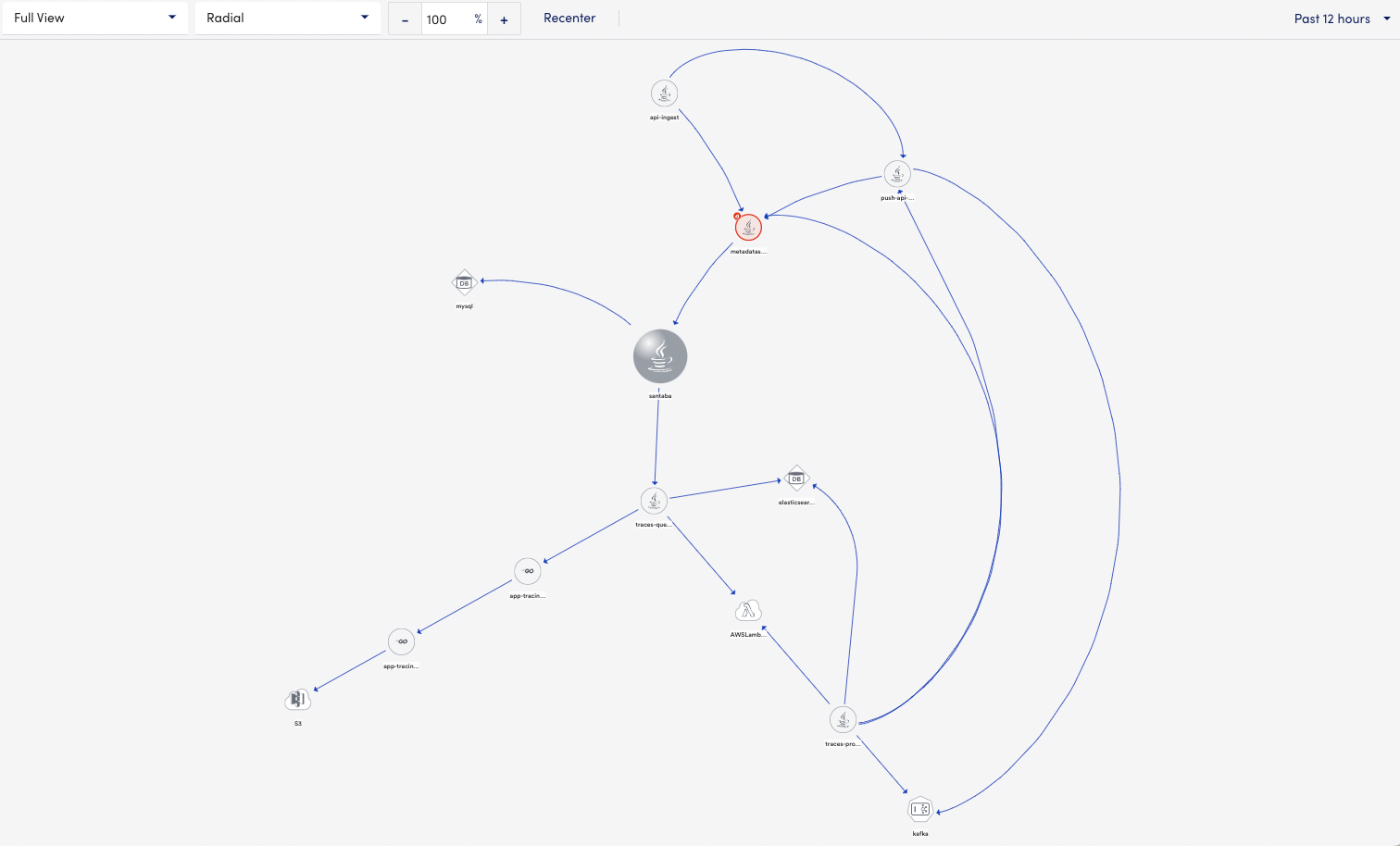
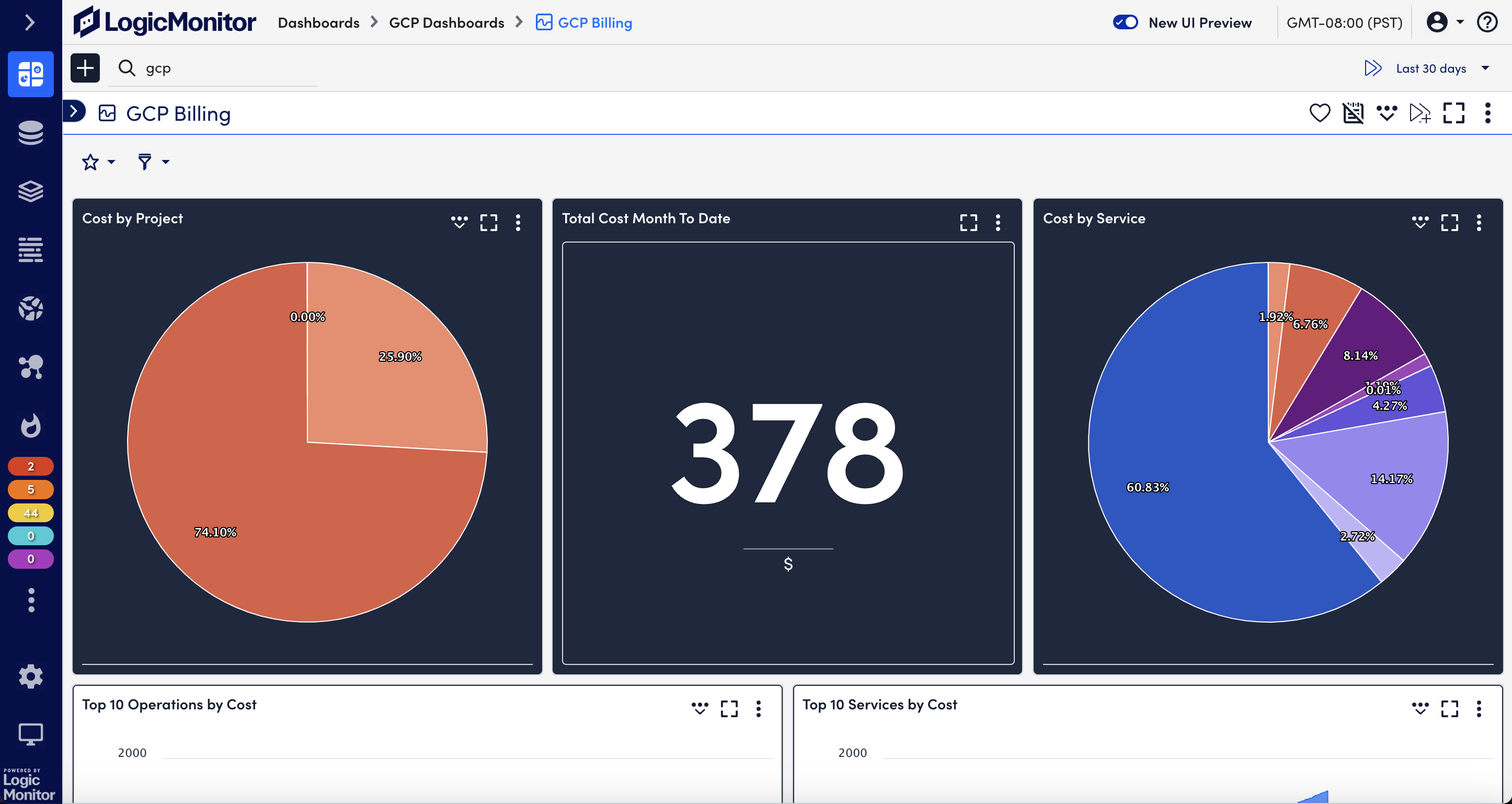
Too many tools hurts the bottom line
Challenge: Too much time and money have been invested into IT resources and tools to maintain your environment.
Solution: For the same reason many teams migrate to the cloud, a benefit of consolidating tools is that it helps reduce the total cost of ownership. When your teams manage disparate monitoring tools, you are managing disparate costs. With one platform, you can get more value and ROI out of monitoring.
The benefits of consolidating tools
Break down silos and unite teams with a single platform for data, insights, and collaboration.
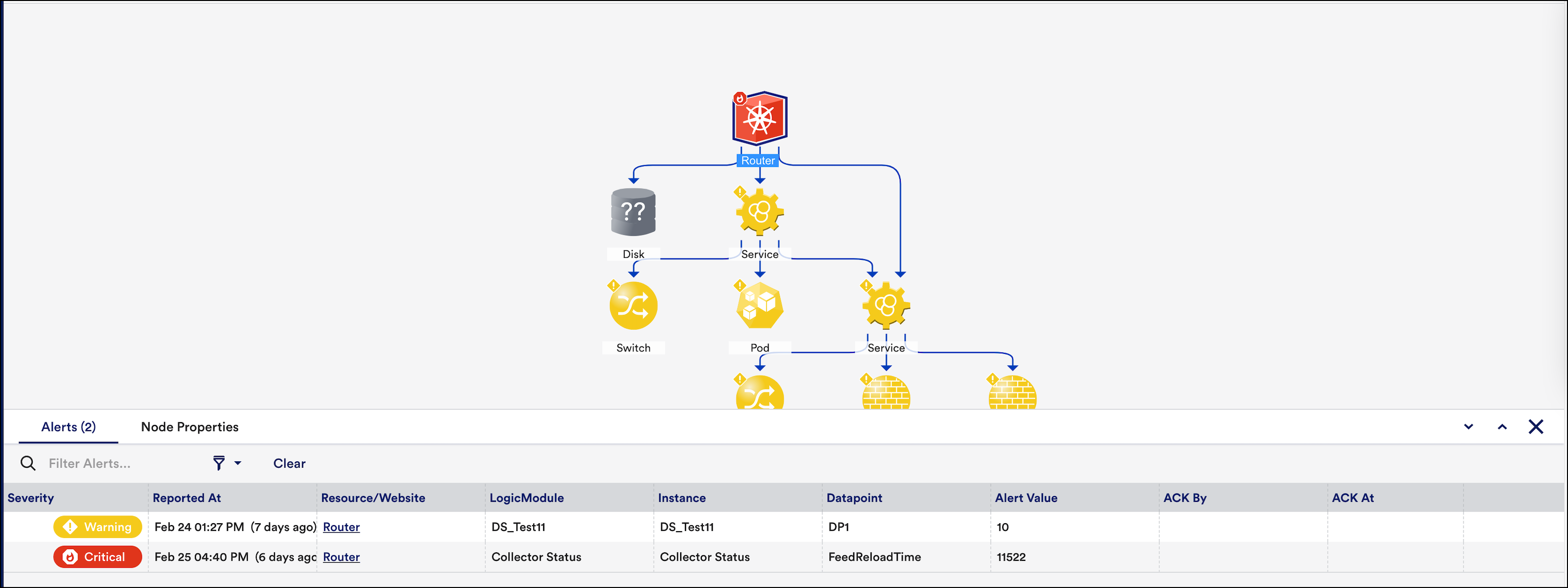
Avoid swivel-chair management
Siloed IT monitoring systems can unnecessarily slow down triage and remediation. With a single source of truth where all technology interdependencies are mapped together, you can rapidly find the root cause of system issues and decrease mean time to resolution (MTTR).

Break down silos across technical teams
With a hybrid monitoring system, you can eliminate finger-pointing and start problem-solving. Seamlessly pivot from performance metrics to log analysis to surface application and system insights. Remediate issues quickly with a single platform for your infrastructure and application health.

Don’t let point solutions hold you back
Point solutions for monitoring mean that you need to onboard and integrate a new system for each technology you monitor. With a hybrid observability platform, your monitoring system will scale up and down as fast as your environment – allowing you to scale and add new technologies to monitoring effortlessly.
